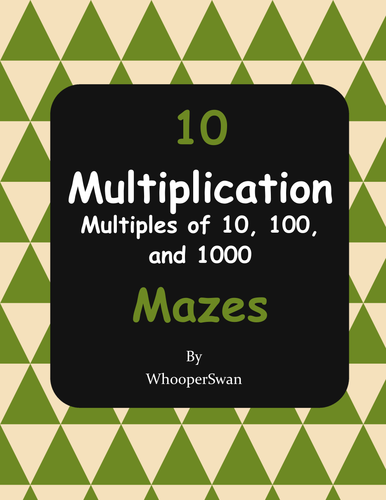Times tables and skip counting
Throughout these chapters, pupils recall multiplication facts and use them to derive related facts.
The fluent recall of multiplication facts is absolutely necessary for mastery of mathematics and pupils will learn to use them to quickly derive related facts. For example, from 6 × 9 = 54, they know that 9 = 54 ÷ 6, 60 × 900 = 54,000, 0.6 = 54 ÷ 90 etc.
Pupils will practise times tables regularly, while building up their understanding of multiplication and division through a range of contexts. By working with a variety of representations, pupils become aware of the different structures of multiplication and division. They learn to use language such as “multiply”, “times” and “product” to communicate multiplication facts.



